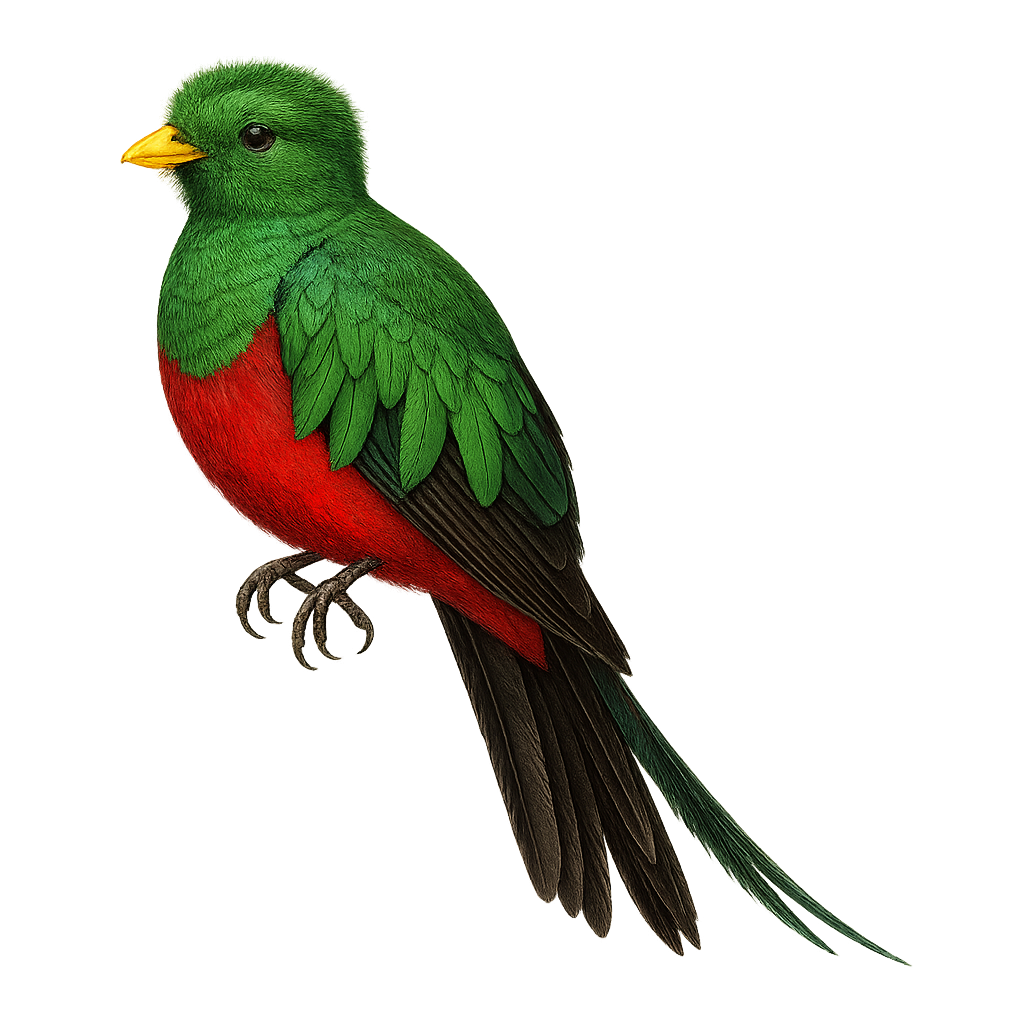Your wildlife photography guide.
Explore the pavonine quetzal in detail, study its behavior, prepare your shots.
Where to observe and photograph the pavonine quetzal in the wild
Learn where and when to spot the pavonine quetzal in the wild, how to identify the species based on distinctive features, and what natural environments it inhabits. The WildlifePhotographer app offers tailored photography tips that reflect the pavonine quetzal’s behavior, helping you capture better wildlife images. Explore the full species profile for key information including description, habitat, active periods, and approach techniques.
Pavonine Quetzal
Scientific name: Pharomachrus pavoninus

IUCN Status: Least Concern
Family: TROGONIDAE
Group: Birds
Sensitivity to human approach: Suspicious
Minimum approach distance: 10 m
Courtship display: November to December
Incubation: 17-19 jours
Hatchings: November to January
Habitat:
Tropical rainforests, cloud forests
Activity period :
Primarily active during the day, with peak activity in the morning and late afternoon.
Identification and description:
The Pavonine Quetzal, or Pharomachrus pavoninus, is a stunning bird found in the tropical forests of South America. With its emerald green and vivid red plumage, it is admired for its beauty and grace. This bird measures about 36 to 40 cm in length, with a tail that can reach up to 60 cm in males. It primarily feeds on fruits, but also consumes insects and small vertebrates. The Pavonine Quetzal is often seen in humid forests, preferring altitudes between 500 and 2000 meters. Although its habitat is threatened by deforestation, it is currently listed as Least Concern by the IUCN.
Recommended lens:
400 mm – adjust based on distance, desired framing (portrait or habitat), and approach conditions.
Photography tips:
To photograph the Pavonine Quetzal, it is advisable to use a telephoto lens of at least 400mm to capture the details of its plumage without disturbing it. Focus on early morning hours when the light is soft and the bird is more active. Be patient and discreet, blending into the environment to avoid scaring it away. Use a tripod to stabilize your camera and achieve sharp images.
The WildlifePhotographer App is coming soon!
Be the first to explore the best nature spots, track rutting seasons, log your observations, and observe more wildlife.
Already 1 432 wildlife lovers subscribed worldwide

